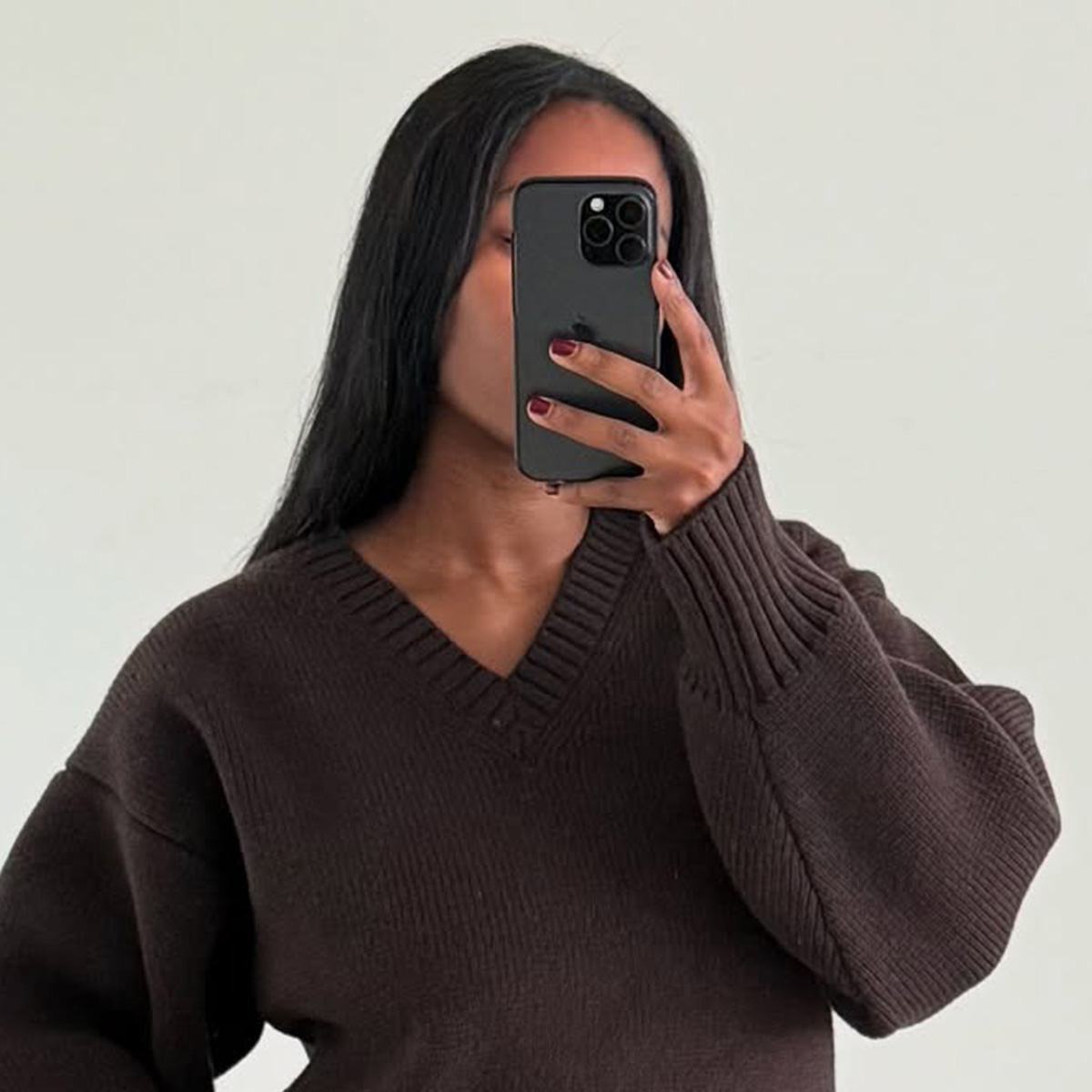For Centuries, Eastern Medicine Has Never Been an "Alternative"
Experts unpack the insinuations.
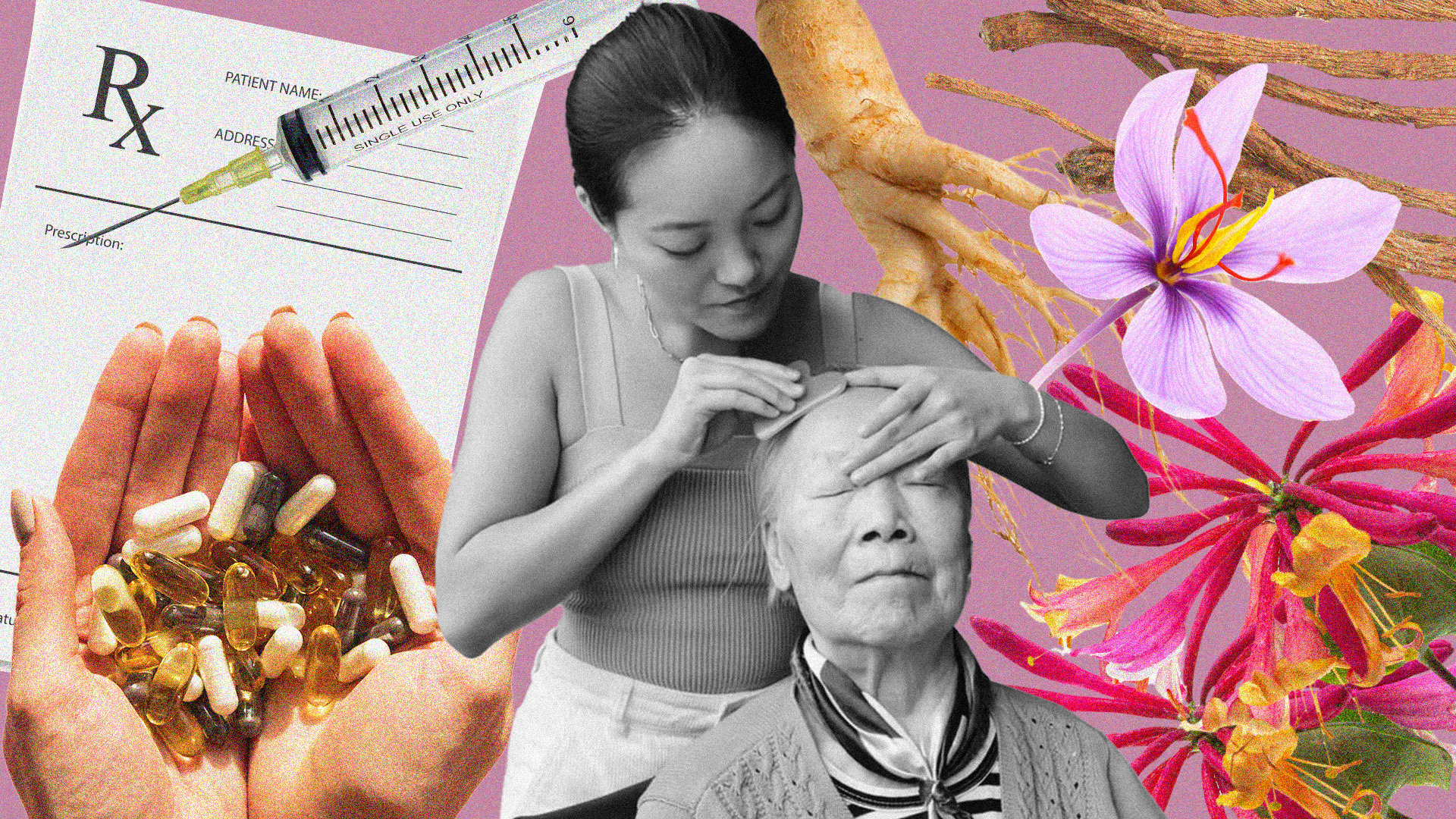
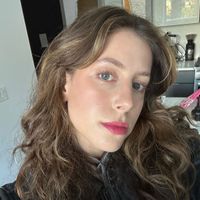
Stephanie Zheng's Instagram comments are a lot less brazen than the early days of launching Mount Lai, a skincare brand inspired by her own grandmother's gua sha and jade-rolling rituals. "In the beginning, we were getting a lot of, 'Oh, it's just a rock. Oh, that doesn't work. Oh, it's a scam,'" the licensed aesthetician recounts. "When people don't understand the practice and how it works, they're very quick to write it off." These days, as people in the West become more educated on the transformative benefits of gua sha, she thankfully doesn't see so many of these comments outright. (Though, there may be one or two naysayers hiding behind an anonymous username.)
Yet outside of the algorithm exists a slight—so small you might not catch it—that downplays many ancient Eastern modalities (gua sha, as well as acupuncture, breath work, herbal remedies, and other time-honored practices). People might not call them a "scam," but they may dub them "new age," or "woo-woo," or perhaps the most seemingly benign of them all: "alternative medicine." Language is powerful, and terms like these can function as a subtle dig—a wink-wink, nudge-nudge that Eastern medicine is not all that credible, when it's actually one of the oldest, most established systems of care in the world. For thousands of people for thousands of years, Eastern medicine is not an "alternative"—it's been the only medicine. So why would we ever position it, subconsciously or otherwise, as unserious?
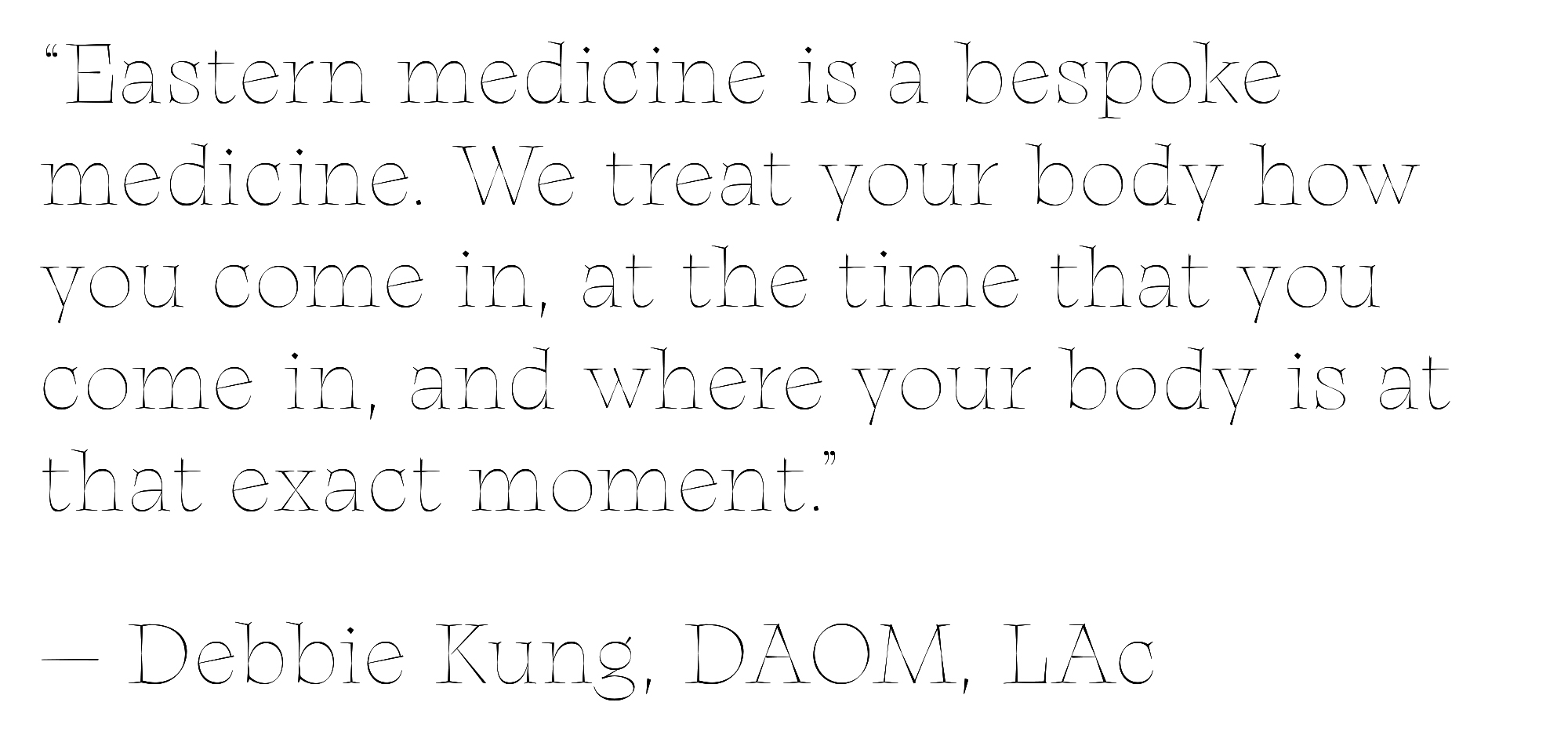
According to board-certified dermatologist Asmi Berry, DO, FAAD, Western medicine prioritizes results—take the pill, treat the symptoms—whereas Eastern medicine isn't so performance-based. This inherently creates a dichotomy: "We think of Western [practices] as medicine and ancient practices more as wellness," she notes. To be clear, in no way am I (or is Berry) suggesting we disregard life-saving drugs, treatments, and procedures. That's the very problem here, isn't it? Rather than elevating one over the other, we should recognize both Eastern and Western medicine as valuable, comprehensive systems of healing.
"My grandparents were actually both Ayurvedic physicians, and my father was a cardiologist trained in the Western system. So growing up, I got to see both," Berry adds. "In my practice I say, 'Okay, this is your condition. This is the Western medicine to treat it and get rid of the symptoms, but let's pair it with these ancient practices so that you can prevent it from coming back once we get rid of it with the quick-and-fast method."
And make no mistake, Eastern medicine procures results—perhaps not as immediately as we're used to in the West, but powerful results that work in harmony with your body. "Back in the day in China, you would actually go see your acupuncturist the season before you get sick," shares board-certified doctor of Chinese medicine and licensed acupuncturist Debbie Kung, DAOM, LAc. "So if I didn't want to get sick in the fall, I would start going in for sessions in the summer to build my immune system. [I'd] do some cupping, do some herbal medicine."
This is because Eastern modalities, such as traditional Chinese medicine (TCM) and Ayurveda, honor the body's natural healing process—and not everyone follows an identical timeline. "Eastern medicine is a bespoke medicine. We treat your body how you come in, at the time that you come in, and where your body is at that exact moment," Kung adds. "If you're coming in super stressed, if you're coming in with health issues, if you're coming with trauma stuck in your body, it's going to take a lot longer to see results. It's going to [require] more sessions."
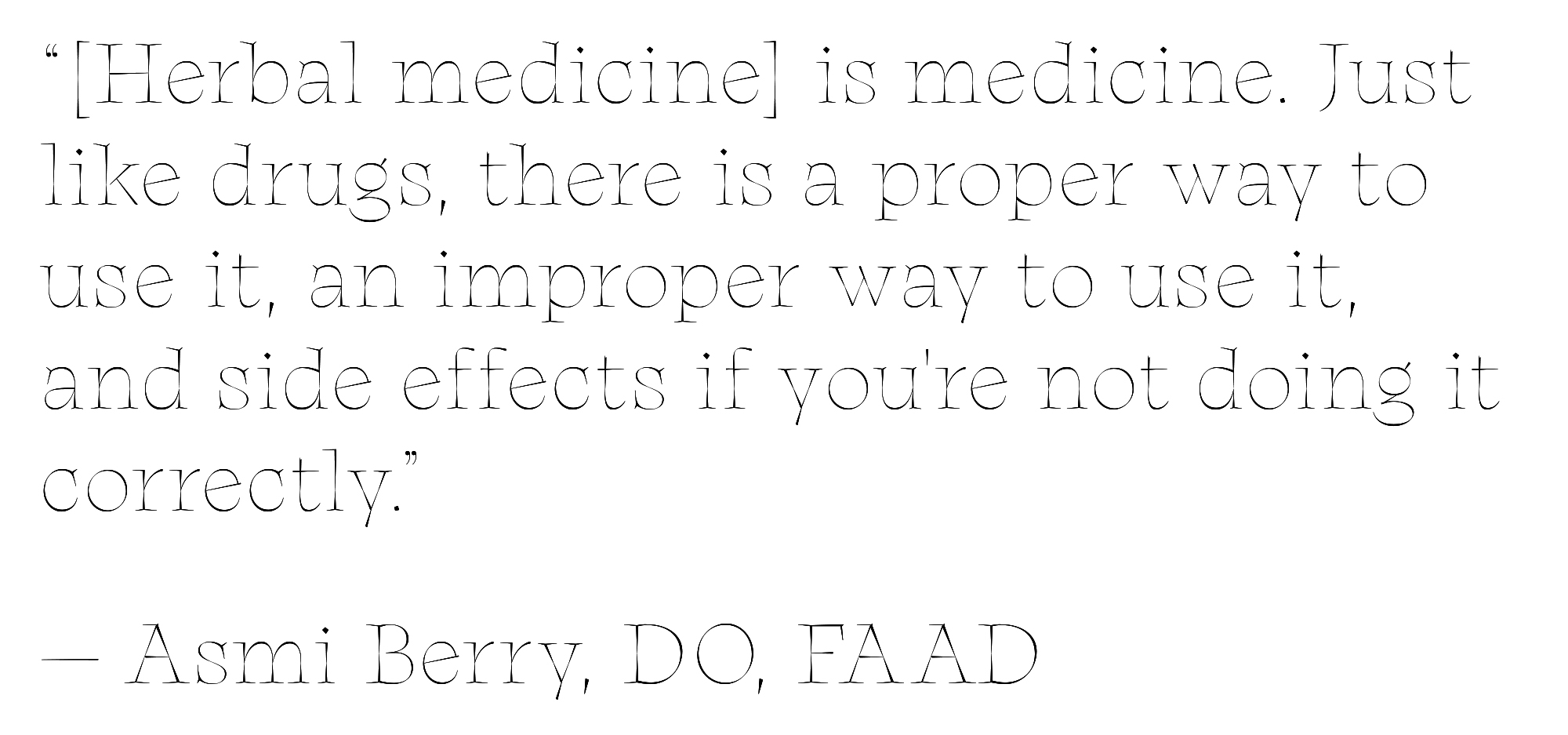
That doesn't mean you should approach Eastern modalities with a "more is more" mentality. In fact, Kung says that most TCM practitioners are quite conservative when it comes to prescribing treatments, namely herbs. Yes, they're all-natural, but herbs are medicine—and they should be treated as such. Ashwagandha, an herb used for centuries in Ayurvedic medicine, has been shown to alleviate stress and anxiety symptoms. Ginseng, an herb with deep roots in TCM, has antibacterial properties that can enhance immune function. "Saffron is probably my favorite [Ayurvedic herb], not only because of the benefits on the skin but because there are some incredible mood-elevating properties," adds Ranavat founder Michelle Ranavat. Point being: Herbal medicine has some serious benefits—but again, it's not for everyone.
"[Herbal medicine] is medicine. Just like drugs, there is a proper way to use it, an improper way to use it, and side effects if you're not doing it correctly," agrees Berry. She says ashwaghanda, for example, can make some people feel even more anxious. Ginseng, Kung tells me, is actually contraindicated for those who naturally run warm. This is not to discount the power of those herbs—quite the opposite, in fact. It emphasizes the importance of understanding what your body actually needs and respecting herbs as the treatments they are as opposed to cherry-picking various nootropics (which, when you think about it, are often ancient Eastern herbs marketed in a bro-y, "biohacker" way) and crossing your fingers that one of them will stick.
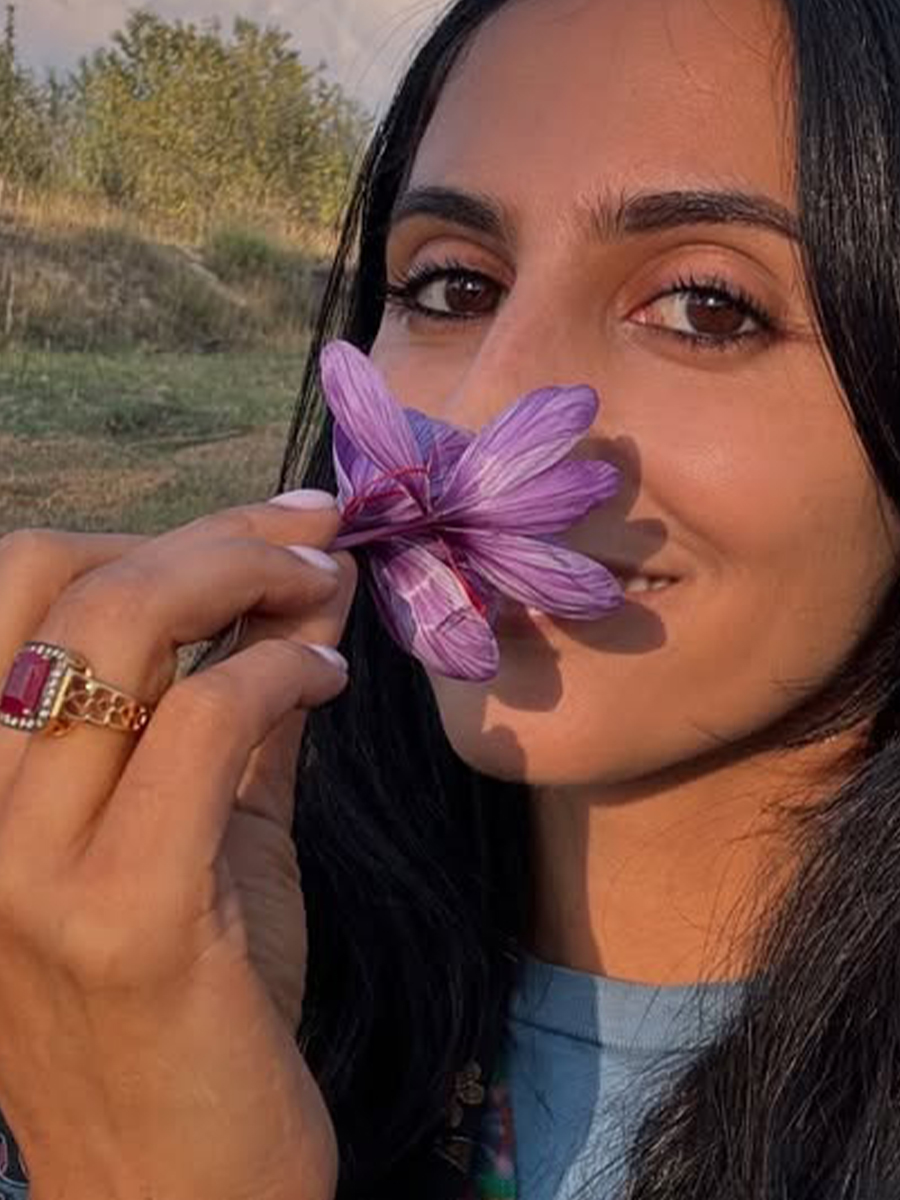
For her formulas, Michelle Ranavat sources ethically harvested, handpicked saffron exclusively from India.
Similar to herbal medicine, cupping therapy is often distilled to its performance-enhancing abilities here in the West. Yes, the suction cups can improve blood circulation and reduce muscle tension (largely why it's gained popularity among athletes), but let's not forget about its role as a powerful healing modality at large.
"The fascial system in Chinese medicine is actually considered its own special organ," Kung shares. See, everyone has a thin layer of fascial tissue over their muscles and organs to serve as a protective layer; the problem is, any sort of stress (be it physical or emotional) can cause that layer to become "sticky" with blood and qi (your vital life force) turning stagnant. "When qi gets stuck in the body, that's when health issues occur," Kung explains. "What cupping does is actually lifts all that up. It allows for more qi and blood flow in between those layers, and that will help you feel better."
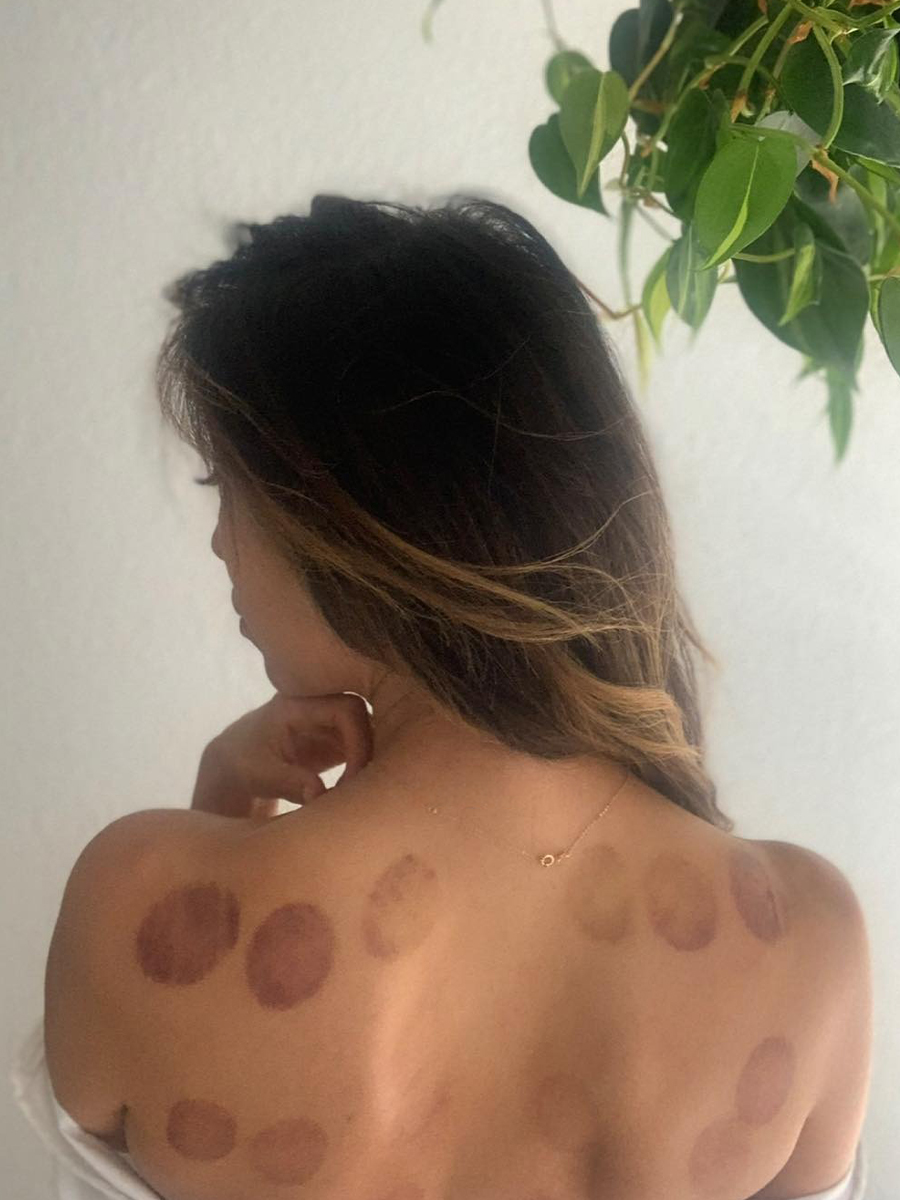
Kung's immediate feedback post–fire cupping
But lifting stagnation is only where the healing begins. Kung adds, "The beauty of [cupping] is that it not only is preventative and does treat but also gives you immediate feedback on what your body is doing and where it's at." If a practitioner doesn't know how to read your cupping marks (the color, placement, and intensity), quite frankly, they're doing it wrong. "If you don't understand how to read the body, then yeah, cupping helps for sure, but it doesn't solve things in the long run," she adds. "In the long run, you'd be like, 'Okay, this mark represents that you have too much stagnation in these organs. We're going to do some acupuncture points to help release more stuff internally. It's really more of a complex medicine."
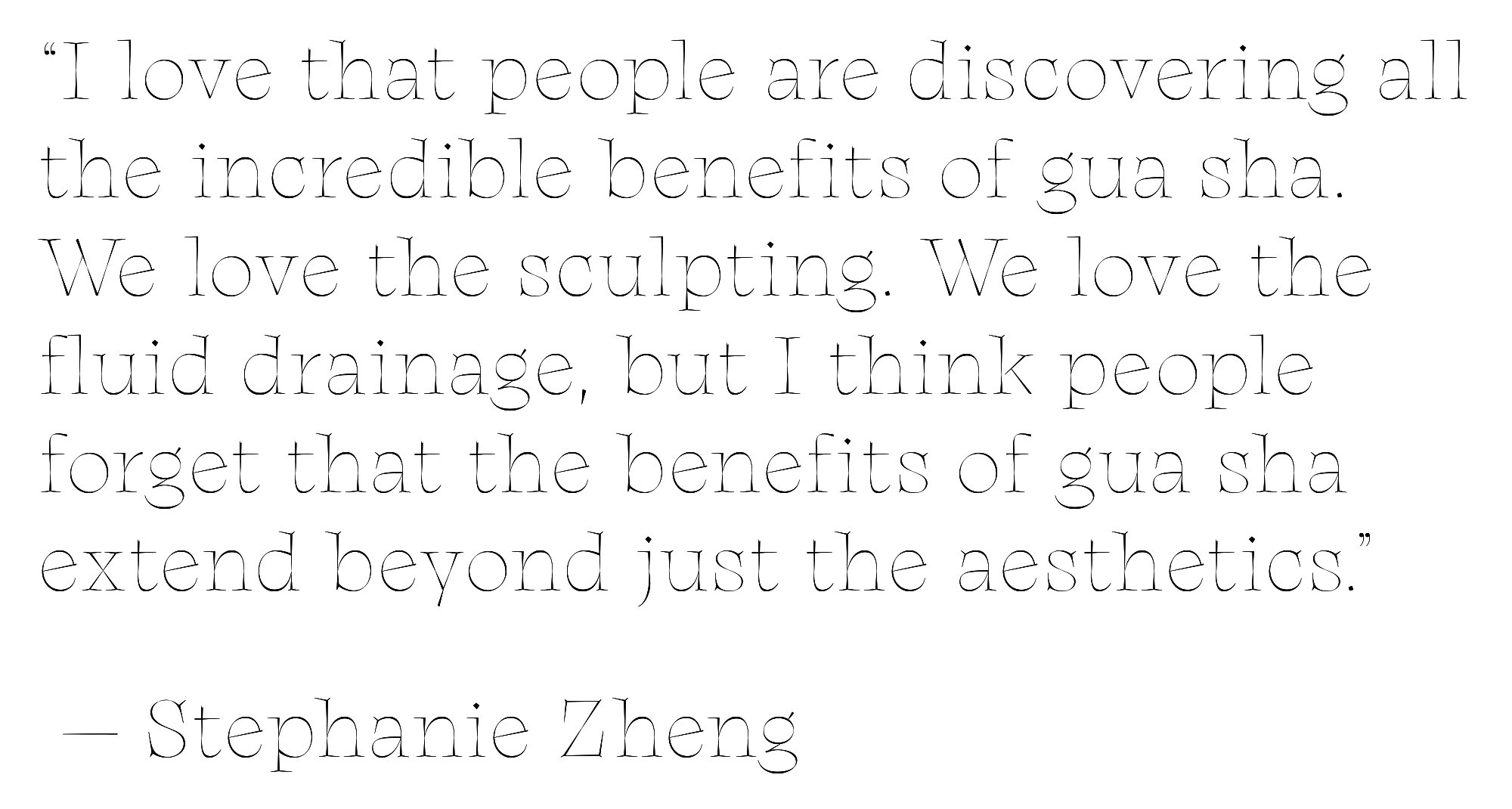
Gua sha, too, offers a valuable glimpse into one's health. It may be popular in the West for its face-sculpting perks, but the centuries-old TCM practice actually originated as a body treatment to stimulate blood flow, reduce stagnation, and address inflammation. Practitioners scrape the skin with a blunt, smooth-edged tool (a spoon, board, stone, etc.) to create friction, often resulting in temporary, red-purple "scrape lines" that represent circulation and toxin release. "I love that people are discovering all the incredible benefits of gua sha. We love the sculpting. We love the fluid drainage, but I think people forget that the benefits of gua sha extend beyond just the aesthetics," says Zheng.
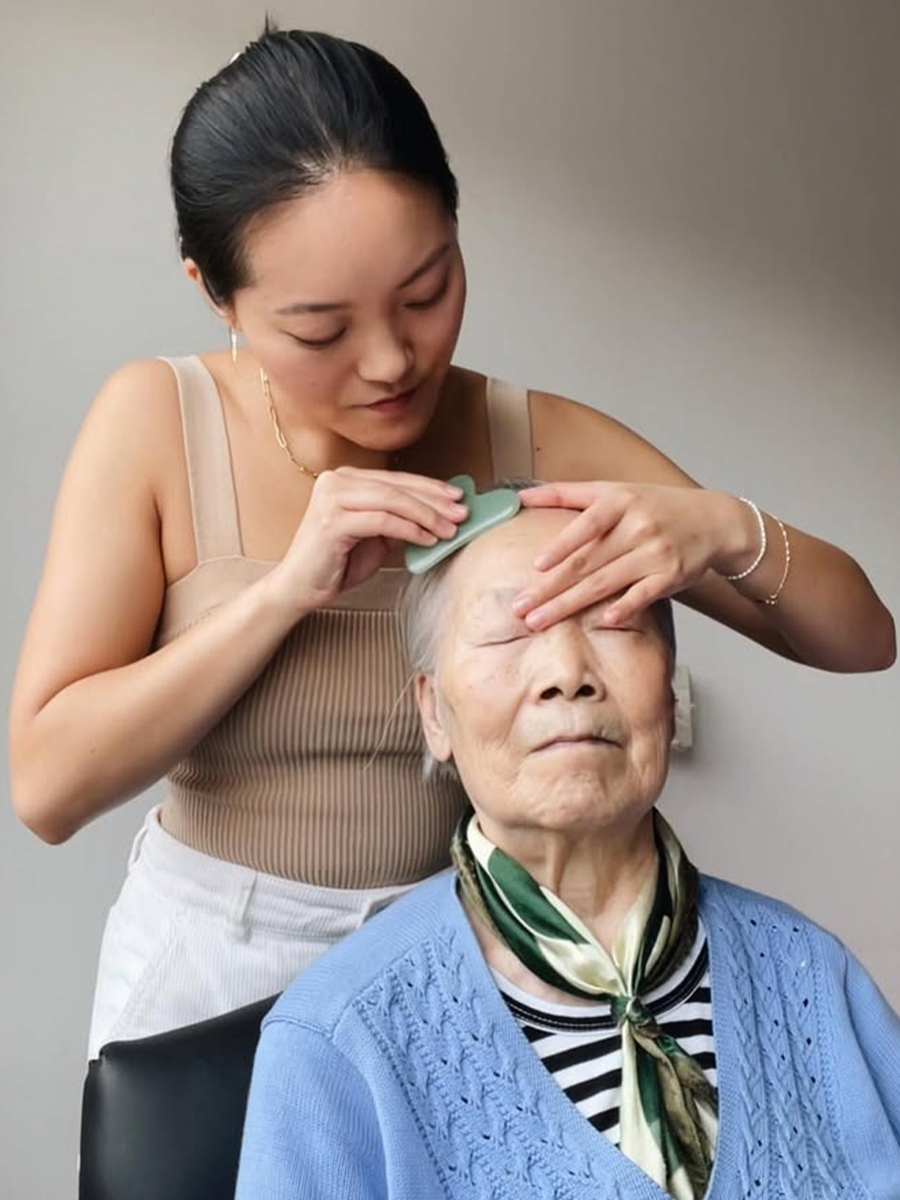
Here, Stephanie Zheng treats her grandmother to a gua sha facial.
To echo Zheng, people in the West are becoming increasingly educated on Eastern healing modalities—even putting in resources to conduct clinical trials, backing up what practitioners have known for centuries. For instance, cupping therapy has been shown to reduce inflammation and boost cellular immunity. Pranayama techniques—or breath control practices key in Ayurveda—have also been found to increase lung capacity. "I just went to a biohackers conference in L.A., and there were so many people talking about alpha waves or theta waves to get peak mental states. Meditation, in both traditional Chinese medicine and Ayurveda, has been such an important practice that also helps with getting these mental states naturally," adds Berry.
The issue arises when these practices become repackaged by (usually white) biohackers as something that's cutting-edge, when they've existed for literally thousands of years. (Or when they're co-opted to push an alt-right agenda, but that's a story for another day.) Consider the "Graston Technique" or Instrument-Assisted Soft Tissue Mobilization, both of which involve using a stainless steel tool to scrape muscle tissue, thereby stimulating blood flow and promoting healing. (Yes, that's essentially gua sha.) Or take "dry needling," a method used by chiropractors to release specific muscle trigger points with ultra-thin needles. (So… acupuncture?)
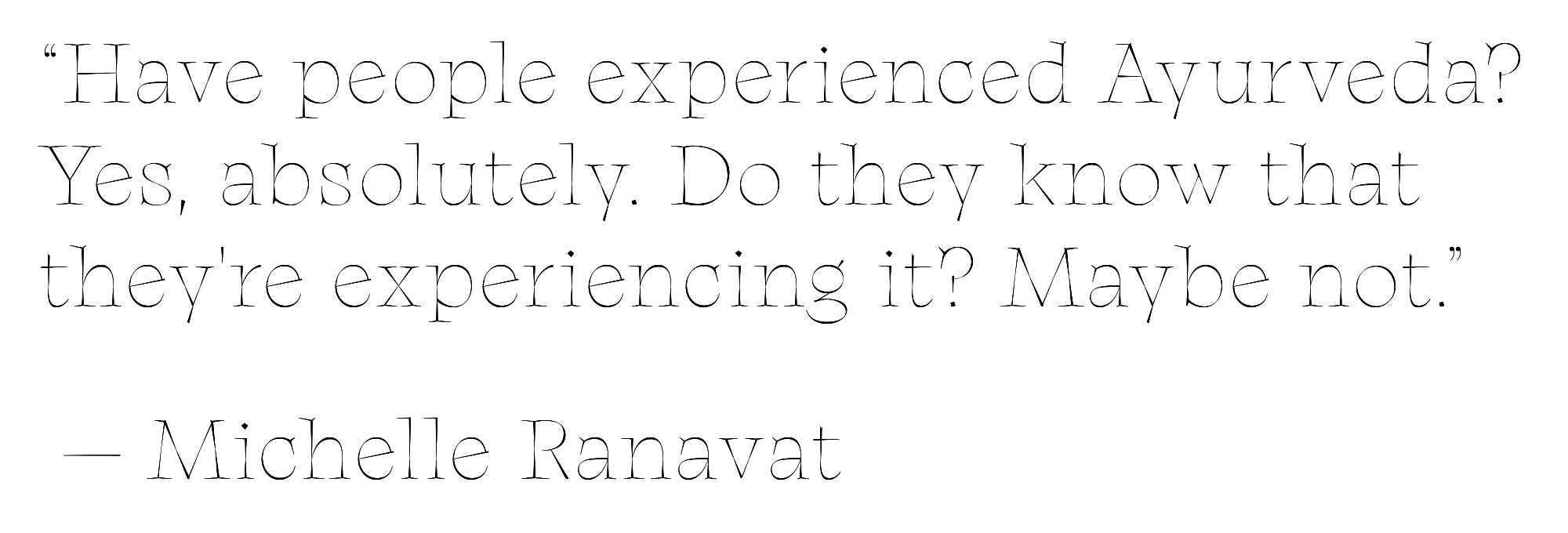
Ultimately, the goal here isn't to point fingers. Kung, Berry, Zheng, and Ranavat all agree it's a good thing that so many Eastern medicine practices are finally being embraced as the powerful remedies they are. "It's less about being righteous and more about sharing with people and giving them opportunities to incorporate these amazing practices," says Ranavat. Besides, most people are pretty big fans of these modalities already (breath work, meditation, adaptogens, etc.), not as an "alternative" but as a complement. As Ranavat adds, "Have people experienced Ayurveda? Yes, absolutely. Do they know that they're experiencing it? Maybe not."
For those who may be unaware, it's important to recognize the subtle ways Eastern medicine touches your everyday life and the complex, rich, powerful history of each practice. When you do, you'll see that there's nothing "new age," "woo-woo," or "alternative" about it at all.
Meet the Experts
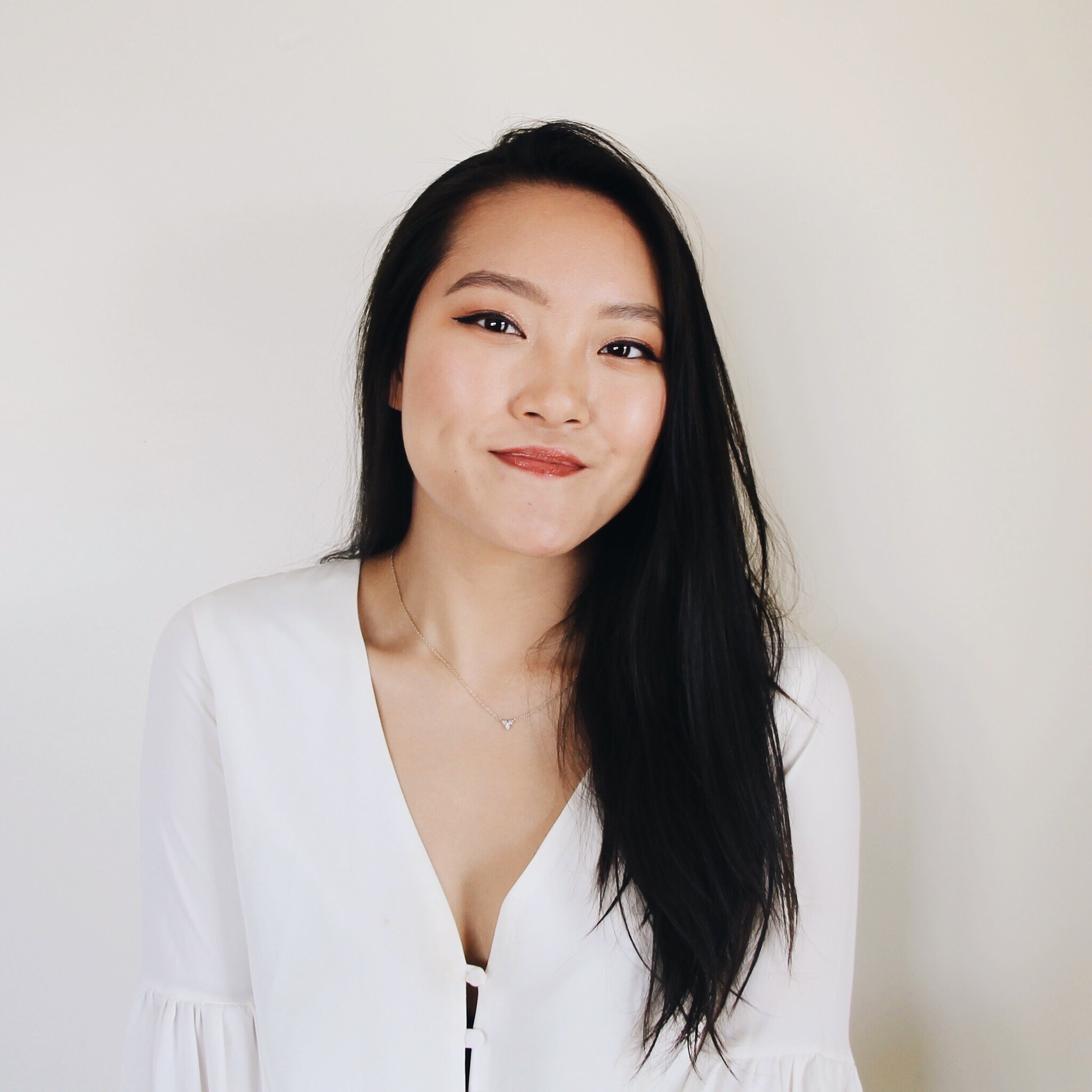
Stephanie Zheng’s entrepreneurial journey began early, launching her first e-commerce brand at just 15. But it was through the skincare rituals passed down from her great-grandmother that she found true joy and purpose. These moments of care became more than routine; they were a connection to her heritage. After becoming a licensed aesthetician, Zheng founded Mount Lai, a beauty brand rooted in traditional Chinese medicine that honors these traditions. Today, Mount Lai blends time-tested ancient wisdom with modern science, offering facial tools and clean skincare that nourish both skin and spirit.
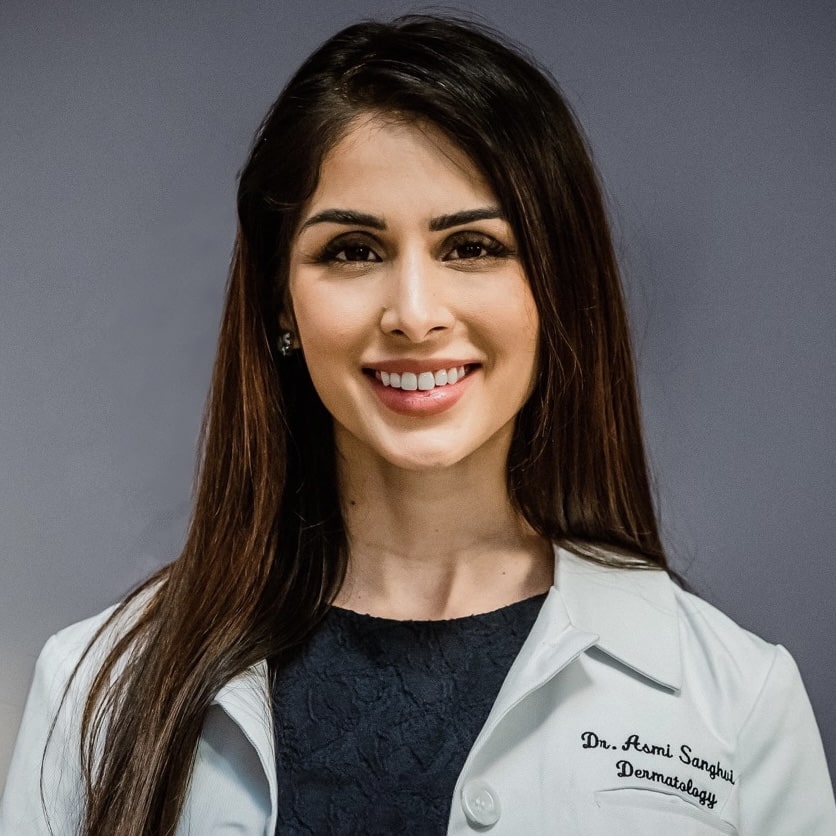
Asmi Berry, DO, FAAD, is a board-certified (American Board of Dermatology) dermatologist who worked in private practice for five years in New York City, including working at the prestigious celebrity cosmetic dermatology practice PFrankMD before joining BHSkin Dermatology in Glendale, California. She served as a clinical instructor in the Department of Cosmetic Surgery at the prestigious Mount Sinai School of Medicine in New York City. She’s a member of the American Academy of Dermatology, American Society for Dermatologic Surgery, and American Society for Laser Medicine and Surgery. She also holds an Ayurvedic Culinary Certification from Bhagavat Life in New York City and an Integrative Dermatology Certificate from LearnSkin. Follow Berry on Instagram, TikTok, and YouTube.
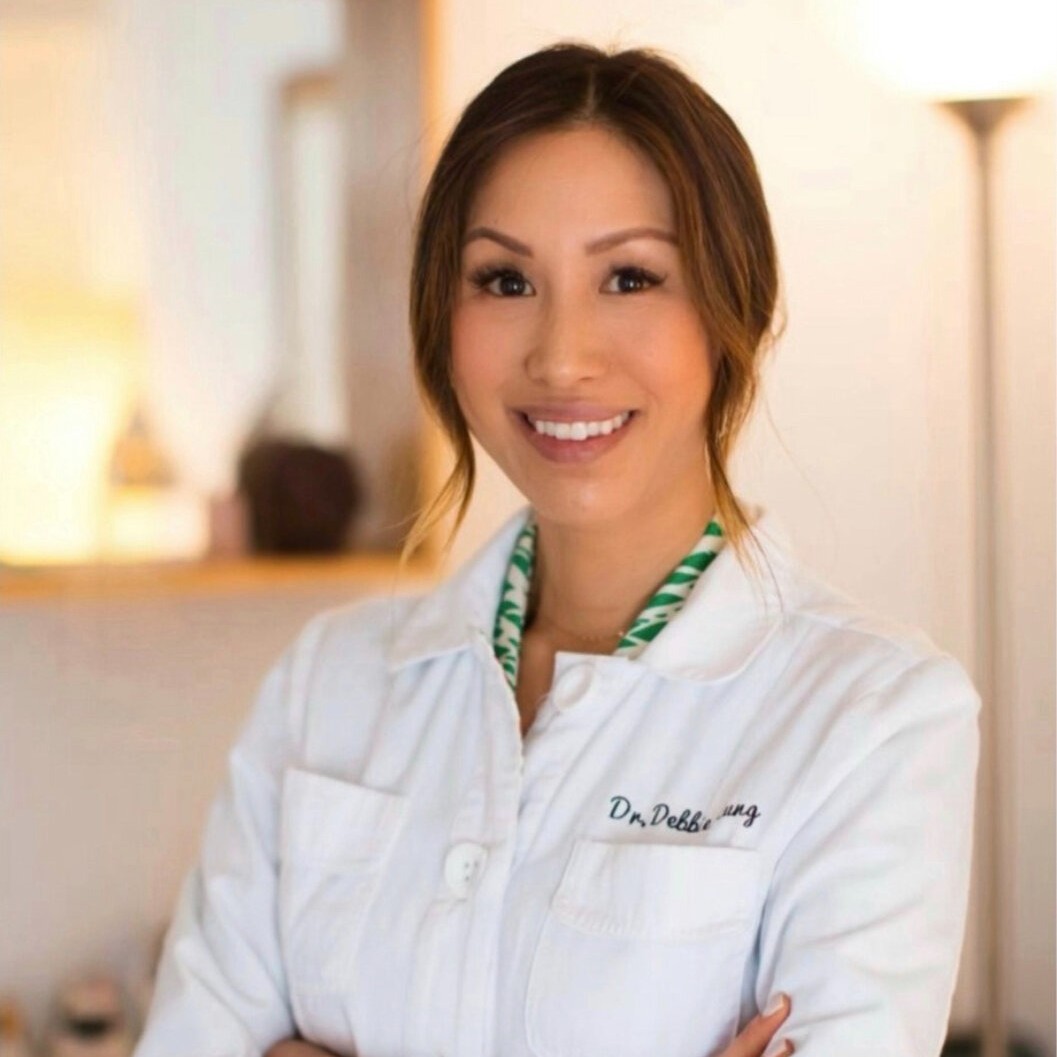
Debbie Kung, DAOM, LAc, is a board-certified doctor of Chinese medicine and a NCCAOM licensed acupuncturist in Texas and New York state. Prior to practicing traditional Chinese medicine (TCM), Kung worked in New York City’s fashion industry for many years. With her design background and a natural curiosity to learn, she migrated to TCM after having an acupuncture treatment that “changed her life.” Kung earned her master's degree and her doctorate of TCM from Texas Health and Science University in Austin, Texas. She opened a New York City (Manhattan-based) office treating patients in the fashion, entertainment, financial, and professional sports industries from all over the world. Keep up with Kung by following her on Instagram or booking at appointment at Kung Acupuncture.
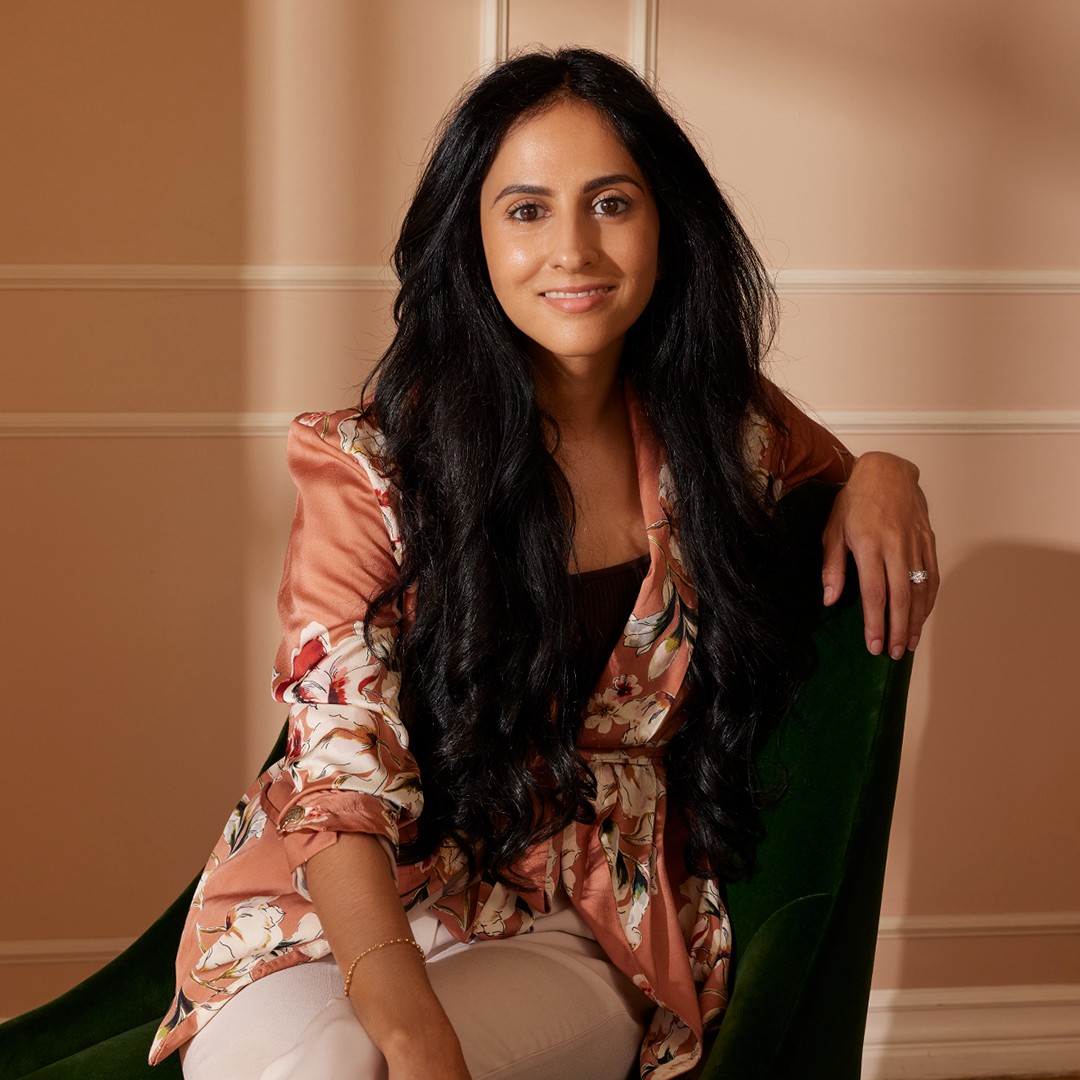
Michelle Ranavat leverages her expertise in the pharmaceutical industry and her background in engineering to create a line of beautiful skin and hair treatments that honor her South Asian heritage. Founded in 2017, Ranavat launched into Sephora to become the first Ayurvedic skincare brand to launch at the iconic retailer. The brand proudly donates 1% of proceeds to Desai Foundation, a nonprofit organization in India that empowers women and children through community programs to elevate health and livelihood in India and the U.S.
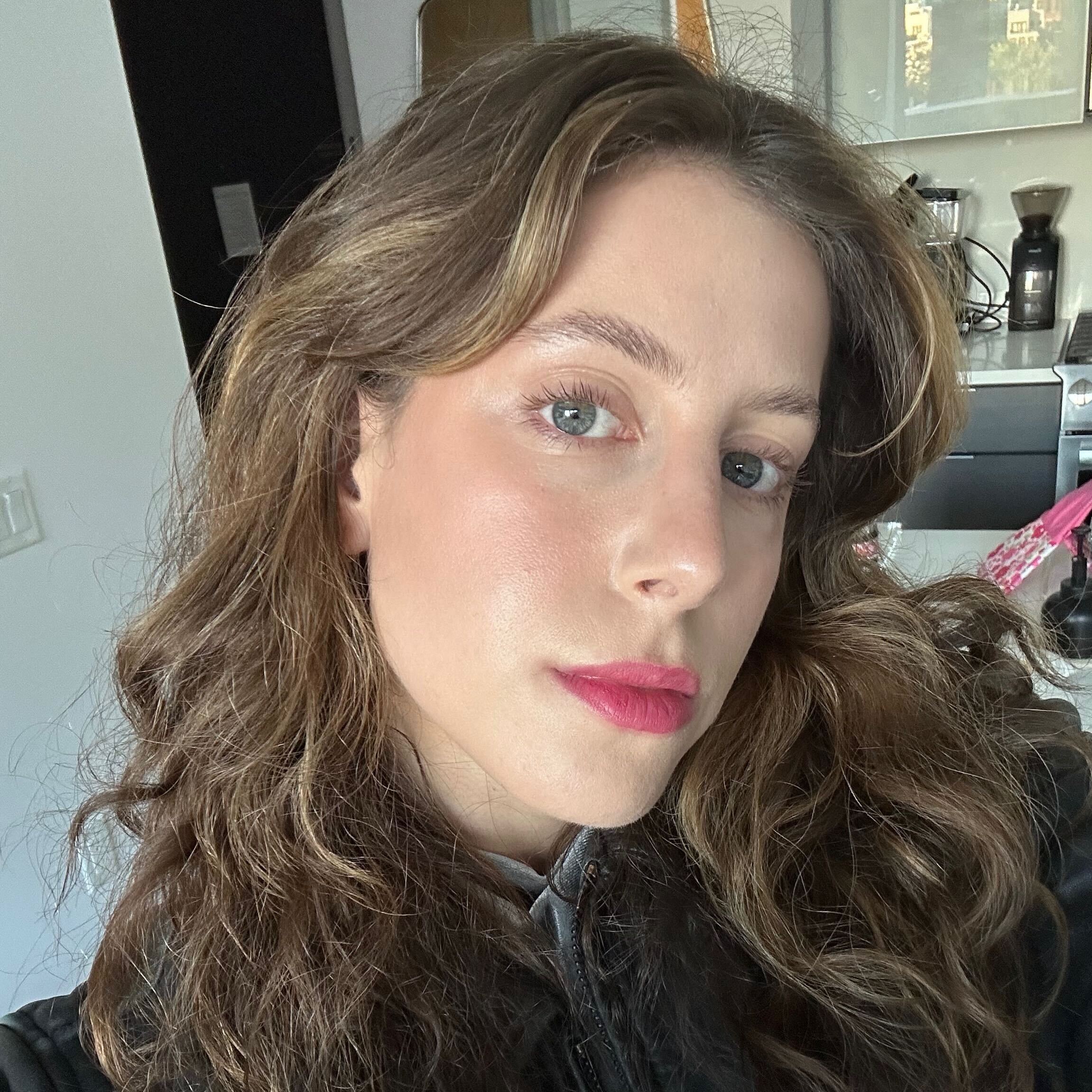
Jamie Schneider is Who What Wear’s senior beauty editor based in New York City. With over seven years in the industry, she specializes in trend forecasting, covering everything from innovative fragrance launches to need-to-know makeup tutorials to celebrity profiles. She graduated from the University of Michigan with a B.A. in Organizational Studies and English before moving to NYC, and her work has appeared in MindBodyGreen, Coveteur, and more. When she’s not writing or testing the latest beauty finds, Jamie loves scouting vintage boutiques and reading thrillers, and she’s always down for a park picnic in Brooklyn.
-
 7 Times We Loved Our Bodies That Had Nothing to Do With Weight
7 Times We Loved Our Bodies That Had Nothing to Do With Weight"I love that my body is always able to rise to the occasion."
-
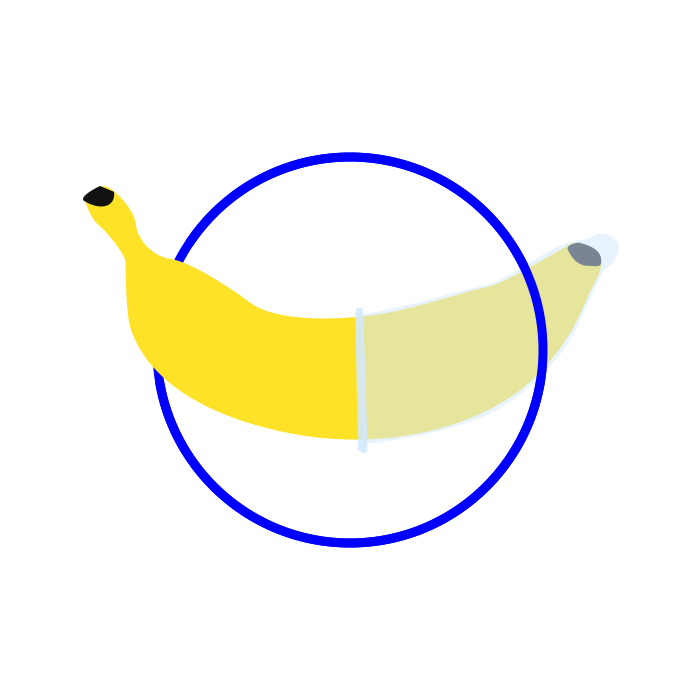 The Only Birth Control Guide You'll Ever Need
The Only Birth Control Guide You'll Ever NeedHere are 12 different options.

